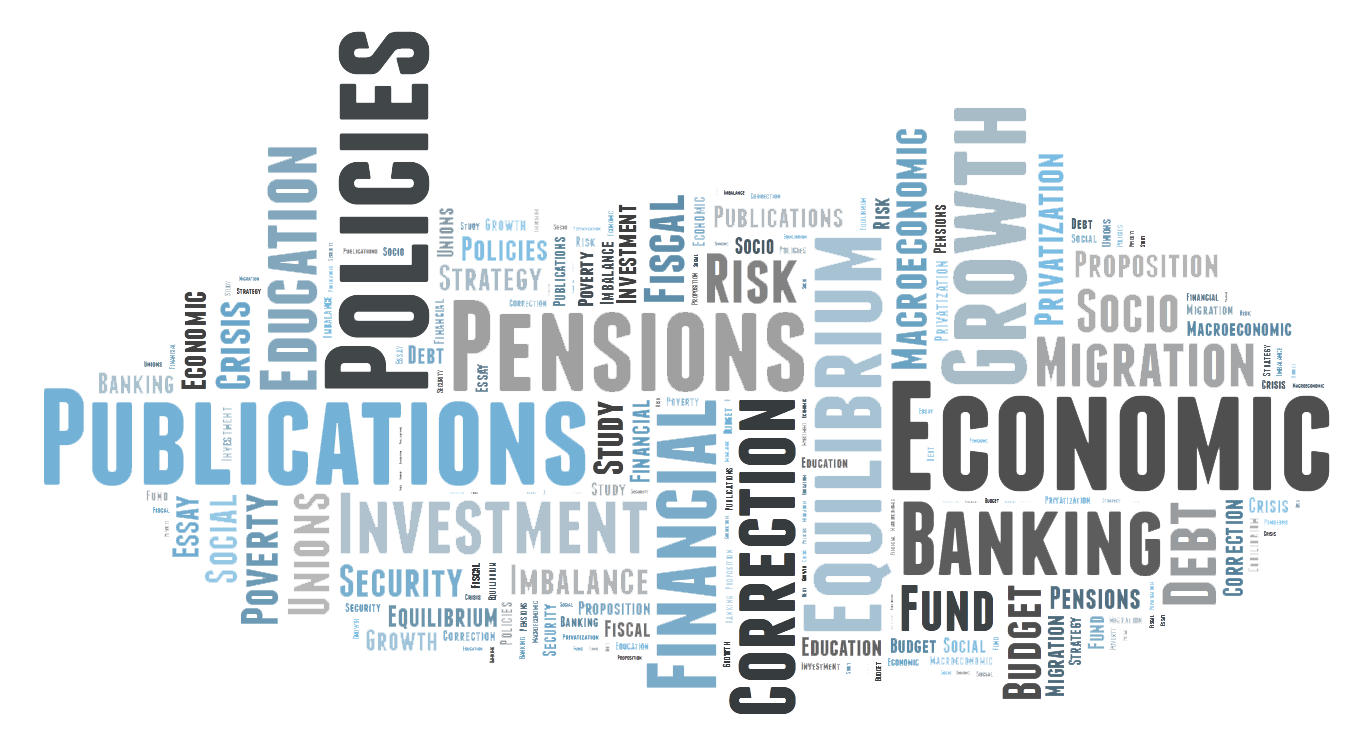What future for the International fair and Tripoli ?
Reworking of a conference given at Safadi Foundation, in Tripoli, 15 December 2007, in commemoration of Oscar Niemeyer’s centenary
15 December 2007
The word « fair » refers to a heterogeneous array of commercial-political demonstrations, none of its still living forms seeming to fit with the present situation of the city of Tripoli. The urban site inherited from the fair and the need to develop and integrate the city for which the fair project has been designed are far more important than its merchant or symbolic functionality.
Tripoli is socially and urbanly in distress. It could not overcome the war traumas. It is internally dismembered and cut from its environment. The site of the fair is being manipulated to serve as a no-man’s-land in the territorial stakes and as a support for wheeler-dealer speculations.
By revisiting the initial concept of the project and by taking profit of the potentialities of the grandiose site, it is possible to find the support for a set of major structuring equipments that the NPMPL has planned for Tripoli, while keeping the door open for a wide range of activities that Niemeyer wished to welcome under the vast tent of the fair.


